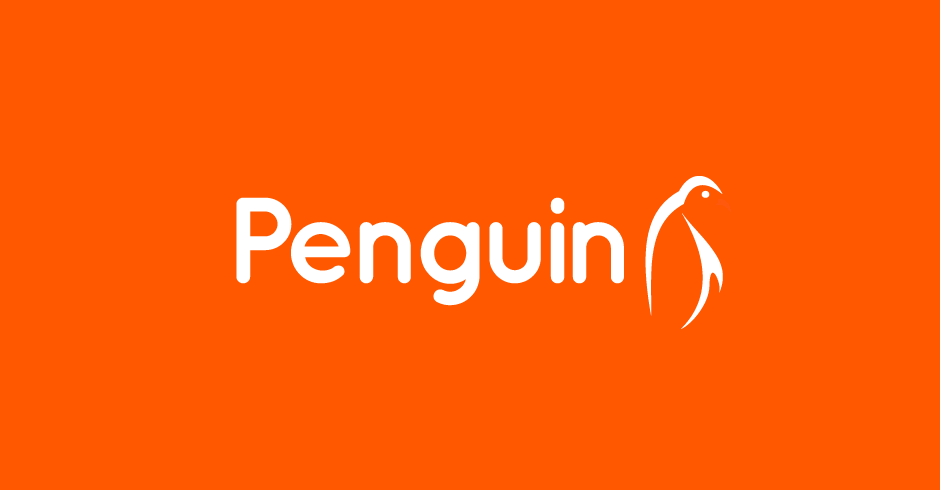What’s the bigger risk, temporary losses on your invested money or not reaching your longer term goals?
Goals and Objectives
If you have money in a pension, in invested funds (for example ISAs) or you are a saver then it could be pertinent to ask yourself the question: “What’s my big objective?”
What is it that you are aiming at and how do your investments or savings relate to that objective?
There are no exceptions, you can apply this test question to any money you are salting away, any fund on its own or any package (portfolio) of funds.
At Penguin Wealth we work on the basis that your investments and savings – all of them – have to be aligned to your aims.
Although this may sound obvious, in practice we find that when we meet a new client (before we have been able to help them!) it is often the case that their funds are not aligned to their goals. It is quite common to find a rag-bag of different funds or pots held without regard for the big, long-term, objective or wider aims of that investor.
Sometimes certain funds have been chosen to mitigate investment risk because the individual was nervous of a certain type of investing.
Market Turmoil, Risk and Losses in Value
Early 2016 has seen a certain amount of market turmoil and asset value reductions.
The trick here is to look at this in the context of a longer term chart.
Most market calamities (which, at the time of writing, the volatility of early 2016 is not worthy of that description) barely register a spark on a longer term chart. Calamities (which, in this context, are another way of saying big or sudden market falls) generate short-term stress, many column inches in the Papers, but they end up looking like little dips in a long road when viewed further down the line on a historical chart.
Different risks…
How do these two things relate? How does the question of what’s your big objective and the market fluctuations overlap?
It’s to do with risk and what this means.
Risk is a word commonly used in the investment field to describe the propensity for loss.
National Savings accounts are considered virtually risk-free because there is hardly any chance you will get back a lower sum than you put in. This is compensated against a prospect of virtually no meaningful return.
However, if you decide to invest in a fund specialising in commodities then you may well be risking a large percentage of your capital and you should be prepared for potentially big losses. But the rewards (growth) could be very handsome.
Why would you choose to invest in a commodities fund over saving the same sum into a National Savings Account? What is it that defines this choice?
It’s your objective. The vast majority of people, nearly everyone we meet and help, need to use their invested money to generate growth to turn the sums into much higher sums (over time) so that they can meet their long-term and wider lifestyle objectives.
Very few people (there are some exceptions, but not many) are able to create wealth and prosper without growing their savings/investments.
The growth can only come from using real assets (for example Bonds, Shares, Property and Commodities etc.), all of which will involve varying degrees of risk.
When the objectives are properly scrutinised and determined, then it becomes apparent that the goals most investors have – require decent growth on invested monies. Therefore growth assets have to be used. It is the combination of how different assets are used that matters (the so-called asset mix).
Someone with £50,000 in a pension fund today who gets 7% per year growth will have approximately £33,000 more in their pot after just ten years – than someone who gets 3% per year. After 20 years it will be about £100,000 more! To get 3% per year can probably be achieved almost risk free, to get 7% per year, there will be risk involved (but risk that can be managed and controlled, with the use of a portfolio approach i.e. mixing different asset classes into a defined asset allocation structure).
If your goals dictate that you want to do X or Y in the future (travel, retire early, have a certain income in retirement, cover care fees etc. etc.) that £100,000 extra might be the difference between meeting your objectives or not.
You may not meet your objectives if you avoid investment risk and go for a safety first approach.
This is crucial because in this respect this could lead to a contradiction: by avoiding the investment risk you could run the broader “risk” of not having the future lifestyle you require or being able to afford the things you want – or, worse still, need.
Therefore, logically, investment returns and your objectives have to be directly correlated.
We know that investment risk is linked to return (less risk = less return, more risk = more return, generally speaking).
And we know that any potentially higher return investments will never go up in a straight line, they will fluctuate with ups and downs. Therefore market downturns should always be expected – if you are using growth investments to meet your goals.
It is only in this context that any dips (temporary losses in value) can properly be judged. Many people desire, and possibly need, higher returns; but shy away from the investments that will provide these due to a fear of losses.
Trying to avoid the investments which go up and down, because of the risk, means longer term goals may be missed. Which, arguably, could be described as an even bigger risk.
This is something that Financial Planning can accommodate, the balance between different risk factors. Using sophisticated cash flow forecasts a structured Financial Plan can work through the various future scenarios to map out how to invest, in which assets, to get the risk/reward position for your circumstances, both current and future.
We are not advocating a blind “go for growth” approach at any cost. We are looking to ensure that investors who have defined goals are conscious of the growth they need to achieve on their invested money to meet them.
Is the risk of failing to meet your goals greater or lesser than the investment risk you might take through investments in potentially higher growth assets? This is an important and generally delicate judgement call. One that Penguin Wealth can help you make, all you have to do is get in touch









